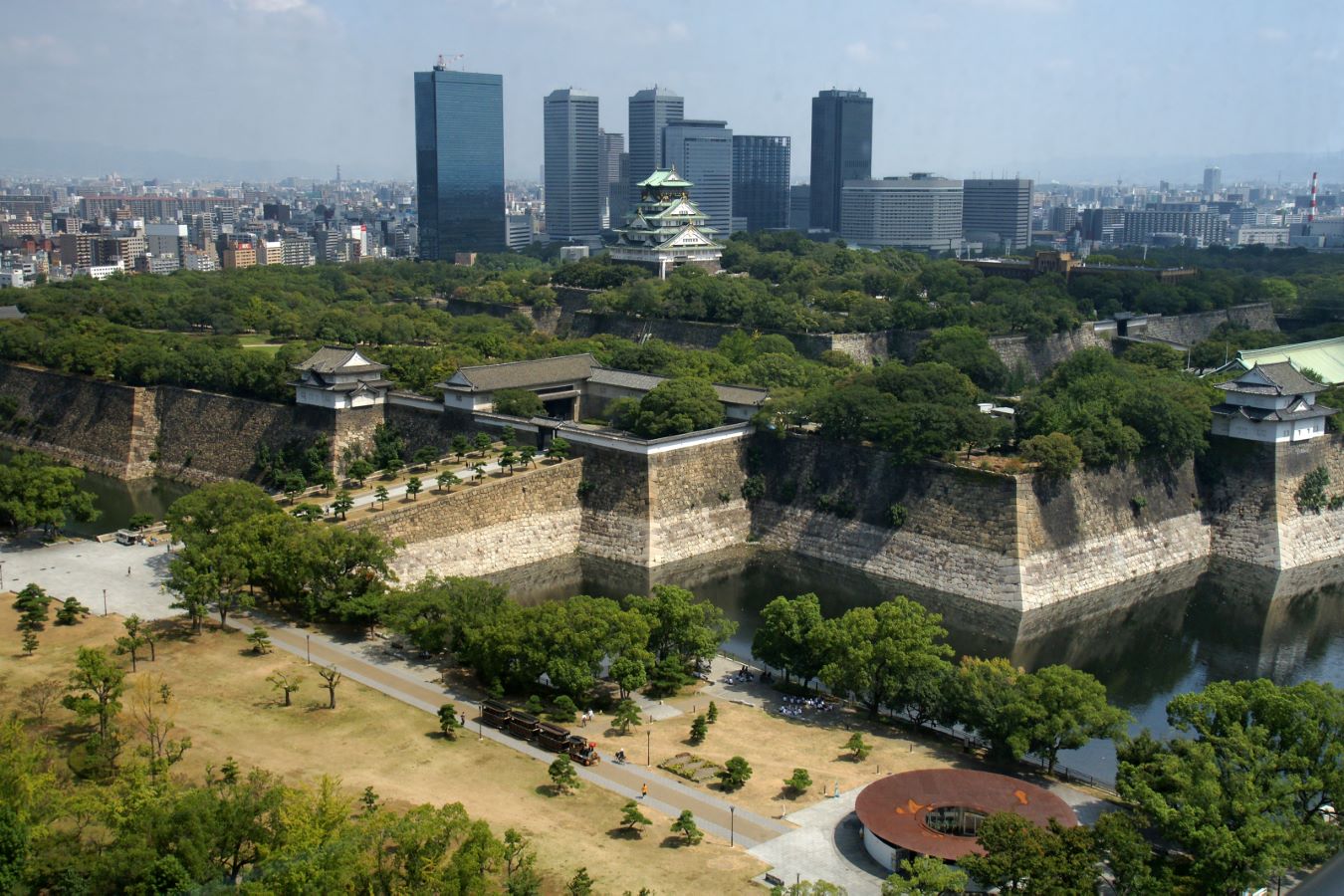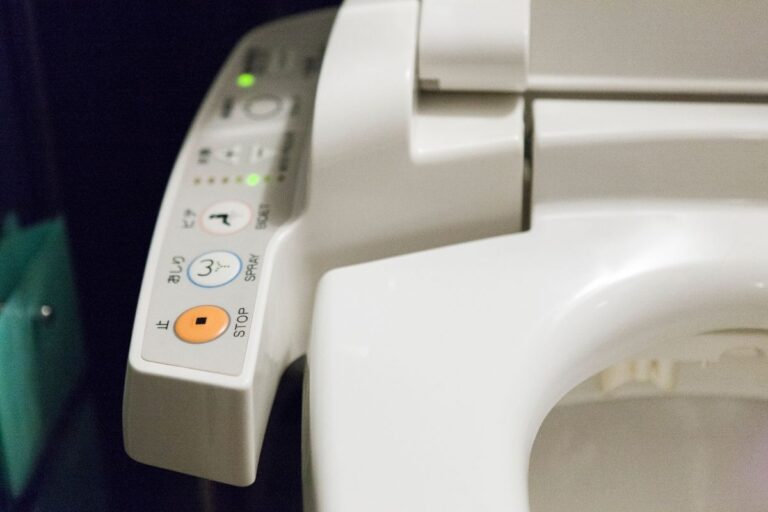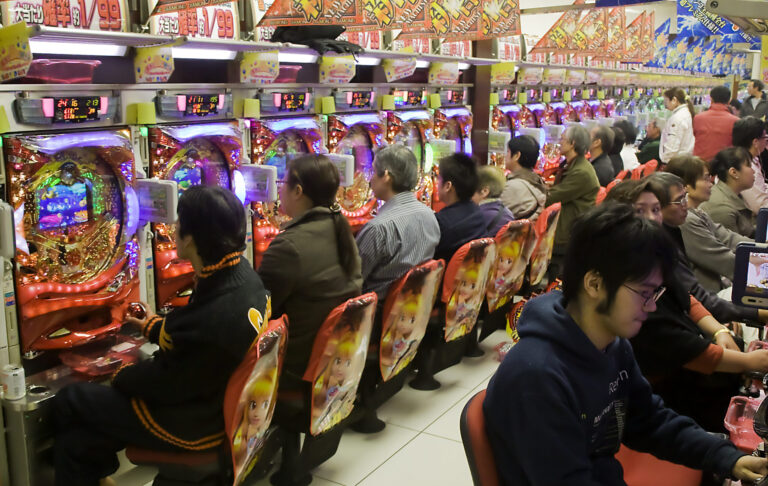On Friday, we discussed Osaka as “the nation’s kitchen.” Today we’ll talk instead about Osaka as the home of comedy. But first, we’ll take a closer look at Osaka–ben, or the Osakan dialect.
Just like in the U.S., where an American southerner often speaks with a remarkably different accent than a New Englander, for example, there are multiple distinguishable accents throughout the nation of Japan. The standard Japanese accent, which foreigners are most likely to study and which is the frequent accent used in TV and movie productions, is the Tokyo-ben (the Tokyo dialect). The next most famous accent is the Kansai–ben and in particular, the Osaka-ben (Osaka is a prefecture in the Kansai area).
The Osaka-ben involves putting the emphasis on different syllables in most any given word as well as a different intonation. Some sentence-ending particles and verb conjugations are changed slightly. There are also a few phrases synonymous with the accent, including “ookini” (“thank you,” “arigatou” in standard Japanese, or “please,” “onegai” or “kudasai” in standard Japanese) and “kore nambo” (“how much is this?” or “kore wa ikura desu ka” in standard Japanese).
While Osakans are stereotypically known to be jovial and friendly, the Osaka-ben is characterized as being a bit goofy and backwards by the rest of Japan, although of course that’s just a stereotype. However, it’s the stereotype that the accent is “funny-sounding” that makes it an integral part of Osakan comedy.
The most famous type of Osakan comedy is manzai, which actually was developed roughly 1000 years ago in other parts of Japan. However, since the late 19th century, manzai has been so strongly associated with Osaka that performing the act in an Osakan accent (whether or the performers are Osakan natives) is virtually a prerequisite, even when taking the show on the road to other parts of Japan.
The manzai act involves two comedians, one called the tsukkomi (literally, “butt in,” but basically the straight man) and the other the boke (literally “senility,” and in other words, the funny man). Like in the Western straight-man-funny-man combos, the humor is derived from one comedian trying to tell a story and the funny man acting incredibly airheaded and dumb, “unintentionally” causing the audience to laugh with his incorrect and simple observations and increasingly exasperating and the frustrating the straight man.
However, unlike such combos in the West, the tsukkomi is really much harsher to the boke, constantly interrupting him (“butting in”) to insult him for his stupidity and correct him or to even hit him on the head with a large paper fan or some other item! The tsukkomi frequently ends an act with the phrase, “Yamesashite moraimasu wa!” which means “Let’s quit!” because he can’t take the boke’s stupidity any longer.
While there are currently female comedian manzai duos and male/female duos in Japan, the art has traditionally been exclusive to men and the number of male performers greatly outnumbers the number of female performers. The M-1 Grand Prix competition for manzai features over 3000 duos competing for the title of best in Japan each year.
See an example of a manzai comedy routine here.
Have you ever seen a manzai comedy routine in person? Do you think the tsukkomi-boke style of humor is funny? Have you ever spoken with a person from Osaka? Did you notice his or her different Japanese accent?
No related posts.
Tags: comedy, japan, japanese culture, japanese entertainment, japanese history, japanese language, japanese places, osaka




